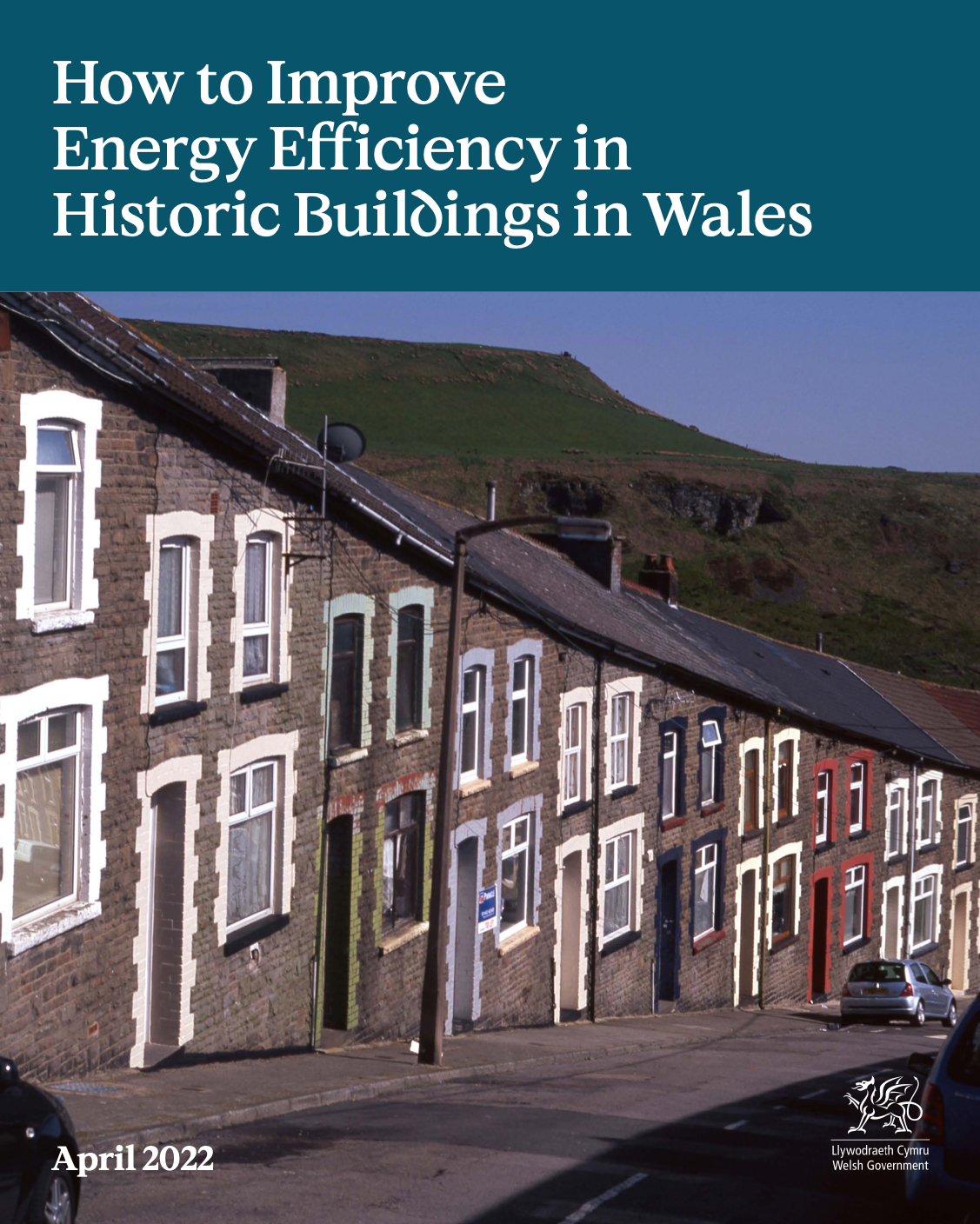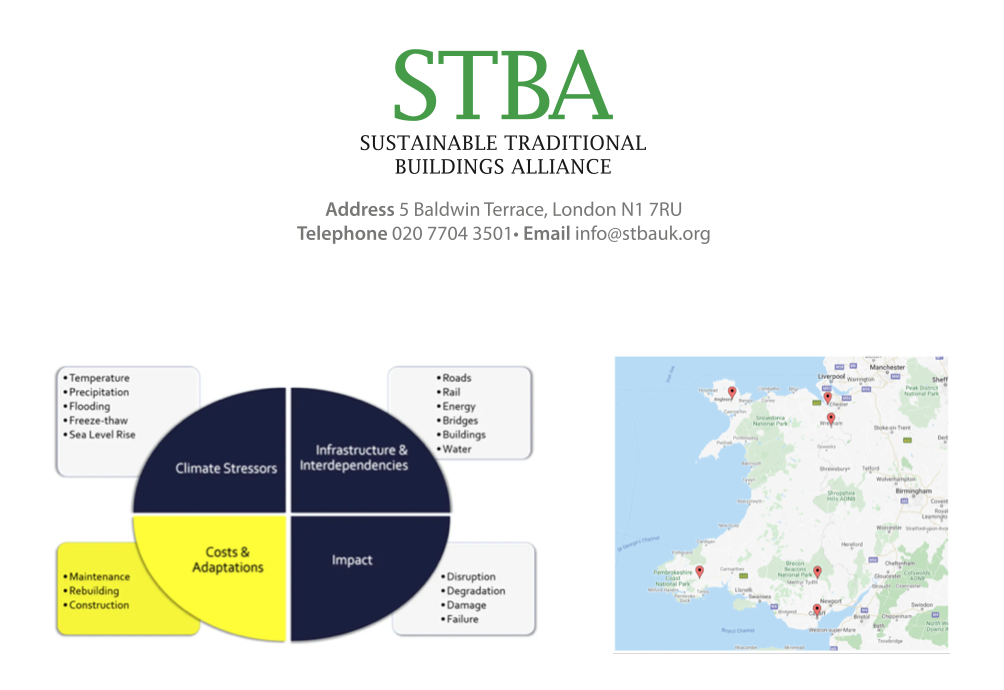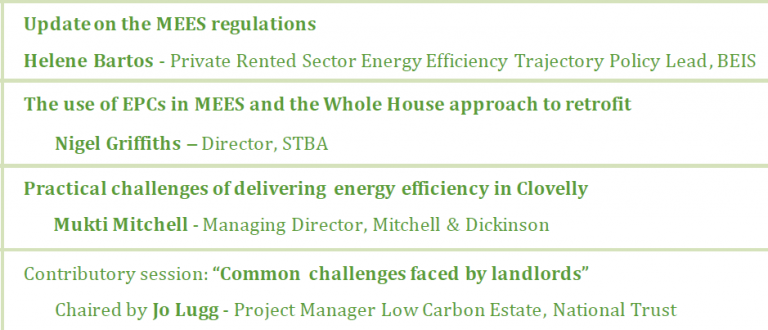Articles and Presentations
The STBA is keen to ensure that people have access to cutting edge information and those experts on their field. To support this please find the agendas and the associated presentations from our last few national Conferences and Advisory group meetings below.

Historic Scotland Environment
This technical paper examines how thermal comfort and health is dispensed in our homes and looks to show that past approaches have a strong bearing today.
Given that older buildings are a sizeable proportion of the housing stock in the UK (approximately 20% in Scotland are from pre-1919), how they are used and modernised is of considerable importance.
It looks at how good ventilation can help to prevent airborne diseases, build-up of chemical compounds and CO2 and overheating. Aptly, it explores the weight of ‘Open Air & Ventilation’, ‘Ventilation rates and C02 levels’, ‘Domestic Architecture and Sunlight’, ‘Retrofit and Refurbishment’ and ‘Overheating’.
The Covid-19 pandemic has given new stimulus to what has been a long-neglected area of research. Pointedly, current scientific conclusions support the view behind many of the design principles that were once thought to prevent disease and promote health in the housing of the late 19th century, and this thinking deserves review and application.
Download the paper here

STBA Patrons, Cadw, with assistance from Historic England, have produced this guidance on how to improve the energy efficiency of a traditional or historic building.
Aside from the increasing need for living sustainably, improving the energy efficiency of these buildings also has the added benefits of reducing fuel bills and increasing comfort in the work place and the home.
This is an easy to understand document, aimed at owners and managers of historic buildings, as well as contractors, local authority staff and building control surveyors. It examines the factors that affect energy use and sets out some principles before going on to explain the whole building energy planning process in detail.
It endorses the ‘Whole Building Approach’, complete with links to sources of information and checklists of energy efficiency measures that might be appropriate as part of this approach, and, signposts to detailed technical materials on upgrading building elements such as roofs, walls and floors.
Download it here


BEIS: Heat and Buildings Strategy
National Trust: Tackling Climate Change Together
EPS: Climate Emergency Skills Action Plan
AECB: Retrofit Standard

This is an illustrative and detailed example of how to utilise modern tools to assess traditional buildings, improve the thermal performance and, retain the character of a site steeped in heritage.
Signposting the British Standards Industry’s documents, ‘PAS2035’ & ‘PAS2038’, the training, qualifications and pathway necessary to carry out this work is all diligently packed for the novice to understand and the expert to reference.
From ‘Getting the Work Done’ and incorporating a ‘whole house retrofit’ we see that HES’ approach has a professional’s perspective to those important factors such as insulating internal (IWI) and, external walls (EWI). To accompany this HES have also included case studies – the tangible demonstrations of how this work can be done.
Download the Guide here

Advisory Panel 2021
We had the pleasure of hosting two notable voices in the industry: Russell Smith of Parity Projects & Retrofit Works and Andy Sutton, Co Founder and Innovation Director of Sero.
Russell gave us a sharp perspective on the delivery of the ‘National Retrofit Strategy’. He stated that in Year 1 investment would be required from Government but that “private business and private finance are saying that they are prepared to invest in themselves; to a greater tune that is put in by government”. He also thought that in the ‘Retrofit Business Case’ we would need to see initiatives such as a ‘National Retrofit Body’, ‘Supply Chain Innovation’ & ‘Property passports & Smart EPCs’.
Andy’s presentation was on Phase 1 of the Optimised Retrofit Programme which is funded by the Welsh Government, began last year. With 70 partners, of which 28 are social landlords, the programme is about creating the processes to deliver pragmatic decarbonisation whilst also supporting the development of skills around the local economy, and the creation of detailed POE datasets.
Links to all presentations are below:
Russell Smith: National Retrofit Strategy
Andy Sutton: Optimised Retrofit Programme
Peter Draper & Nigel Griffiths: STBA – Beyond COVID


The presentations will be available below, once the speakers’ permission has been given.
Welsh Government policy on decarbonising existing homes – Hannah Blythyn, Deputy Minister for Housing and Local Government, Wales
Decarbonised energy supply grids and whole-system flexibility – Oliver Lancaster, Future of Energy Manager, Wales & West Utilities Ltd – download
Sustainability and decarbonisation targets – Nigel Griffiths, STBA – download
Key considerations of the debate – Peter Draper, STBA Sustainability Chair download
The cost of retrofit – financial and carbon (embodied & in-use) – Harry Paticas, Arboreal Architecture
The shape of retrofit for the future – Peter Rickaby, Energy & sustainability consultant, Chair of the BSI Retrofit Standards Task Group, Director of UKCMB at UCL – download
Whole Life Carbon implications of re-use and recycling historic buildings – Adala Leeson, Head of Social and Economic Research, Historic England. (This presentation will become available once the Historic England embodied carbon research has been published)
A summary of the workshop discussions and conclusions can be downloaded here.




Current UK policy on energy efficiency of buildings – Helene Bartos (BEIS)
Initiatives for improving sustainability of older buildings in Scotland – Moses Jenkins (Historic Environment Scotland)
Emerging retrofit policy in Wales – Chris Jofeh (Arup)
Testing out the whole-house approach – Nigel Griffiths (STBA)
Customised Retrofit, A Practical Approach to Smaller Projects – Marianne Suhr (SPAB) – Images from this presentation are from the new Old House Eco Handbook by Marianne Suhr and Roger Hunt.
Reducing plastics in buildings – Mark Lynn & Katherine Adams (ASBP)
Principles of whole-house retrofit – assessment, materials & installation – Harry Paticas & Bob Prewett, (15:40 Architecture Collective)
Inherent energy efficiency features of traditional buildings – Robyn Pender (Historic England)
Whole-life Carbon: Historic England research on embodied carbon – Peter Cox (Carrig Conservation International)
Heritage values and energy efficiency in traditional, residential buildings – Kalliopi Fouseki (UCL)
Exhibitors’ Showcase – presentations by Ecological Building Systems and Lime Green Products



Nigel Griffiths, STBA: Summary of activities for 2018 and outline of proposed projects for 2019.
John Preston, STBA Heritage Chair: Policy Context.
Simon Ayers, TrustMark: TrustMark quality mark in relation to PAS2035.
A summary of discussions on the priorities for the coming year.



Update on MEES regulations &
Domestic PRS EPC C 2030 trajectory. Helene Bartos
The use of EPCs in MEES and the
Whole House Approach to Retrofit. Nigel Griffiths
Improving Insulation in Practice. Mitchell Dickenson
National Trust and MEES. Jo Lugg
Issues for offgas domestic portfolio owners. Matt OConnell CLA
The use of LPG in
off-grid domestic
properties. David Taylor FloGas


PAS2035: A new standard for energy retrofit – Peter Rickaby
The Policy Context: targets, timescales and challenges – John Preston
EPCs and the Whole House Approach – Nick Heath
Minimum Energy Efficiency Standards and Heritage Properties – Chris Botten
The new Private Rented Sector Regulations – how are they working out in practice? – Jo Lugg
The problems at Preston – when retrofit goes wrong – Kate de Selincourt
Delivering Whole House Retrofit at scale in London – Russell Smith
Historic Environment Scotland Project Review Findings – Moses Jenkins
Managing Moisture in Traditional Buildings – Valentina Marincioni


